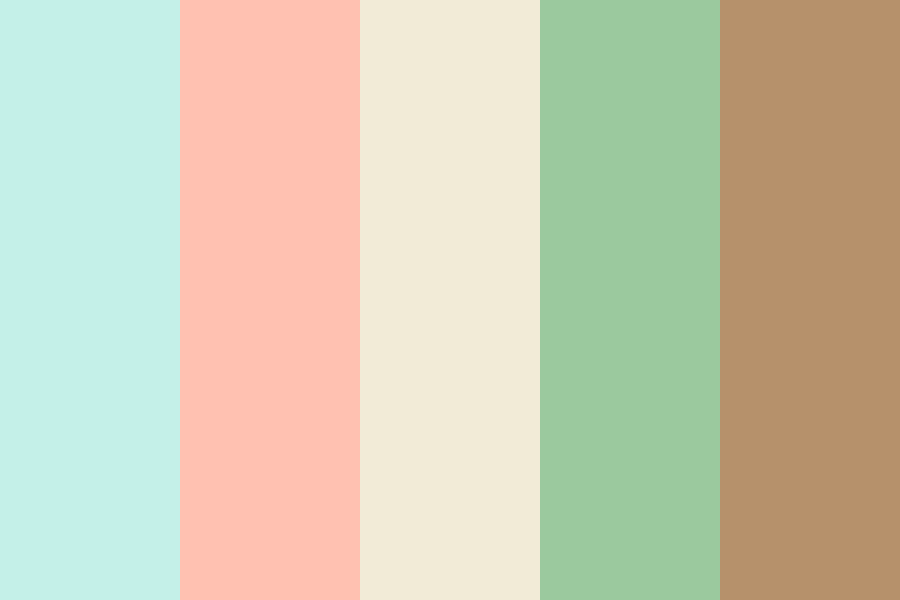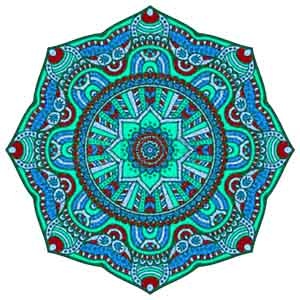
Painters have endless choices when the time comes to select paint colors for their painting palettes. Any seasoned artist knows that too many colors can detract from a painting, not enhance it.
With so many different hues and brands, how is a painter suppose to select paint colors to build their perfect palette?
One way to select paint colors for a painters palette is to start with only a few colors. Start with a palette of the primary colors and add on from there. Many artist’s palettes contain at least one or two blues, one or two reds, and one yellow.
Even when you decide to start with three to five colors, how do you tell the difference between each hue? You could purchase a pre-selected set of paints. However, the yellow in that pre-determined set may not be the right yellow for you. Then again, you don’t want to purchase a tube of every paint available. Chances are you cannot afford to do that anyway.
Here is a guide to different hues of different colors, and best choices for creating the perfect artist’s palette for your work.
Select Paint Colors for the Perfect Artist’s Palette
Paint colors all exhibit different levels of opacity or transparency. Colors are also warm or cool. Select paint colors that are the right colors for your purposes.
Blacks
Mars Black should be used in small increments. It is best suited for tinting paint.
Payne’s Gray is the most versatile “black” available. Payne’s gray is a cool, bluish gray that can create shadows. Payne’s Gray can also be used to modify any other color. When diluted with watery, Payne’s gray becomes incredibly delicate. Payne’s gray cans also appear ink-like.
Blue
Cobalt Blue is a cool blue. Cobalt blue is also a softer blue than others. Cobalt blue is a good choice for a landscape artist. When mixed with yellows, delicate greens can be created. Mix cobalt blue with brown and white for a pearly gray color. Use cobalt to shadow pale peach colors.
Creulean Blue is an opaque, cool blue. Creulean blue is a top choice for landscape artists, and can be used to paint skies. Landscapes will also find that when mixed Creulean blue creates greens and grays that are delicate.
Manganese Blue is a bright blue sky hue that is transparent. It can be used to effectively express both water and sky. Seascape artists will want Manganese Blue in their palette.
Thalo blue is a general purpose blue for many artitist’s palettes. Thalo blue is transparent. It is also a cool color. Thalo blue can dominate a painting, so it should be used with a light stroke. Thalo blue makes a good choice for watercolor washes, or for an acrylic glaze painting.
Ultramarine Blue is a warm, not a cool blue. Ultramarine blue is also a transparent blue, which makes it an ideal blue for glazing techniques. Ultramarine is the most versatile blue, and for that reason, is the best blue for any artist’s palette.
Ultramarine blue can be blended with other colors for a range of new colors. Ultramarine blue can be mixed with yellow ochre paints to make subtle and soft greens.
To make purple, do not mix Ultramarine Blue with a cadmium red unless you are trying to make a purple color is cloudy and muddy. Instead, mix Ultramarine Blue with transparent crimson, instead, to make a very useful violet color.
Browns
Many shades of brown can be made by mixing a warm red with green. Adding yellow to that resulting brown also creates a family of yellow, earthy browns. For tube browns consider these colors:
Raw Sienna is a somewhat opaque brown. Raw Sienna is a warm brown.
Burnt Umber is a deep brown. Burn umber is somewhat opaque. It can be mixed with blue and white to create cool gray colors.
Raw Umber is a yellowish brown. Raw umber is subtle and subdued. It is best used when mixed with other colors to produce a range of color tones.
Greens
Chromium Oxide Green – Chromium Oxide green is an almost dusty green. It resembles a faded olive green. Chromium Oxide Green is an opaque green and will not reveal the underneath color or underpainting. Chromium Oxide Green is an earthy color that can be used to indicate shadow, or used in an underpainting.
Hooker’s Green – Hooker’s Green is a transparent green. Hooker’s Green is a must for any landscape painter. When mixed with other earthy browns and yellows, Hooker’s Green can create an endless outdoor palette of nature. Hooker’s green is also a soft green.
Thalo Green – Thalo Green is a vivid green. Thalo green is also a transparent paint, which is ideal for glazing techniques. Thalo green is a strong tinting color. Thalo green, when not toned down will actually jump of the canvas at the viewer. One way to warm up Thalo green is with a brown or red. Any palette with Thalo Green should also include one of those colors.
Mix Thalo Green with a transparent yellow to increase its intensity
Reds
Alzarin Crimson
Cadmium Red comes in light, medium and dark. Cadmium Red is a dense and opaque red. When mixed with yellow, it makes a perfect orange.
Cadmium Red Hue is a substitute for Cadmium Red. The hue is not as brilliant as Cadmium Red.
Thalo Crimson is a bright and transparent red.
Yellows
Yellow is a color that cannot be created, unless you are making your own paints. The yellow pigment, however, cannot be created. Select at least one yellow for your palette.
Azo Yellow
Cadmium Yellow comes in light, medium, or dark. Artists could start with medium, but will find that the light Cadmium Yellow offers the most versatility. Cadmium Yellow is more opaque than transparent, do not be fooled because it is considered a “light” color.
Cadmium yellow can be mixed with many earth colors to create diverse landscape palettes.
Hansa Yellows Light also comes in in light, medium, or dark. Hansa Yellow is a transparent, lemony yellow. Hansa yellow also adds a delicate quality to paintings.
White
Watercolor purists will not touch white. The white for watercolorists is the white of the paper. Acrylic painters, on the other hand, live and die by large tubes of white paint.
Titanium is the only choice for acrylic painters seeking a dense, bright white.
Thank you for reading this article! If you have any further questions about this topic please contact us.
